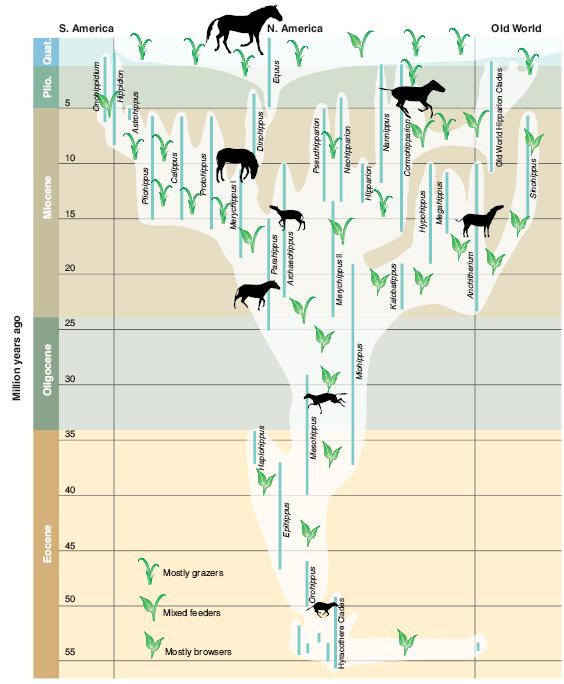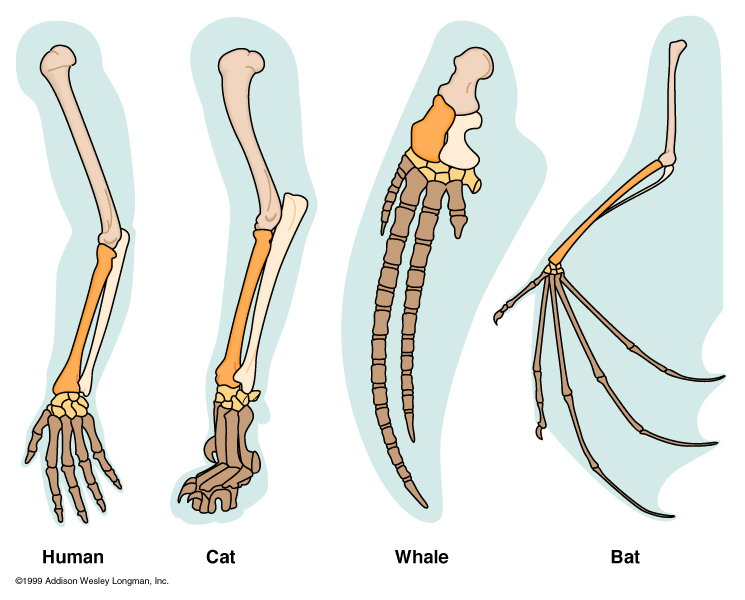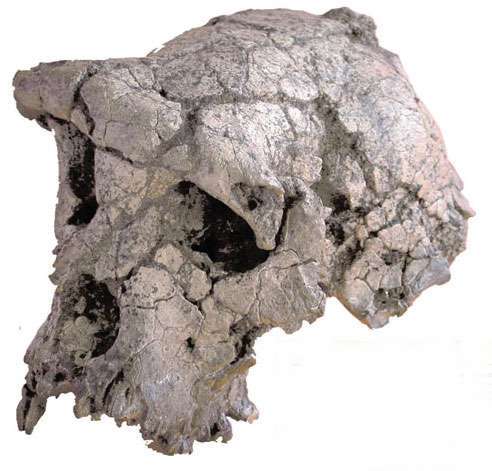This debate is between Proteus and miccah1116 over the topic "Is the Modern Synthesis of Evolution Capable of Explaining the Complexity of Life?"
Standard debate rules.
Debate analysis found here.
Standard debate rules.
Debate analysis found here.



























